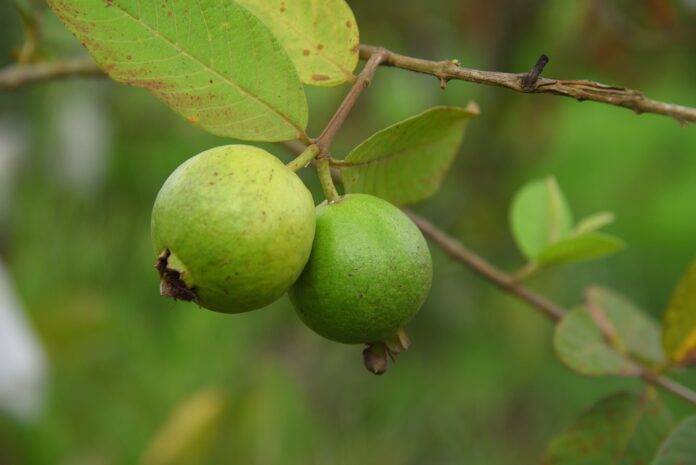Sustainability in Guava Farming: Reducing Water Use and Carbon Footprint
Guava farming is an essential part of agriculture in many regions, providing a nutritious and versatile fruit that is enjoyed by millions around the world. However, like all forms of agriculture, guava farming can have a significant impact on the environment, particularly in terms of water use and carbon emissions. In this report, we will explore strategies for reducing water use and carbon footprint in guava farming, while also maintaining low costs and financial sustainability.
Current Challenges in Guava Farming
Guava farming typically requires significant amounts of water, making it vulnerable to water scarcity and drought conditions. Additionally, the use of chemical fertilizers and pesticides can contribute to carbon emissions and environmental degradation. These challenges highlight the need for sustainable practices in guava farming to ensure the long-term viability of the industry.
Water Use Reduction Strategies
One of the key ways to reduce water use in guava farming is through the implementation of efficient irrigation systems. Drip irrigation, for example, delivers water directly to the roots of the plants, minimizing water wastage and improving water efficiency. By using sensors and automation technology, farmers can also monitor soil moisture levels and adjust irrigation schedules accordingly, further reducing water use.
Another strategy for reducing water use is through the adoption of rainwater harvesting techniques. Collecting and storing rainwater can provide a supplementary water source for guava trees during dry periods, reducing reliance on groundwater and surface water sources. Additionally, mulching around the base of guava trees can help retain soil moisture and reduce evaporation, further conserving water.
Carbon Footprint Reduction Strategies
To reduce carbon emissions in guava farming, farmers can transition to organic farming practices that eliminate the use of synthetic fertilizers and pesticides. Organic farming not only reduces carbon emissions but also improves soil health and biodiversity, resulting in healthier guava trees and higher yields in the long run.
Another way to reduce carbon footprint is through the adoption of renewable energy sources, such as solar power. Installing solar panels on farms can provide clean and sustainable energy to power irrigation systems, farm machinery, and other operations, reducing reliance on fossil fuels and lowering carbon emissions.
Financial Considerations
While implementing sustainable practices in guava farming may require upfront investments, the long-term financial benefits can outweigh the costs. For example, reducing water use through efficient irrigation systems can lead to lower water bills and increased water efficiency, saving farmers money in the long run.
Similarly, transitioning to organic farming practices can result in higher profits due to premium prices for organic produce and lower input costs for fertilizers and pesticides. By reducing carbon footprint and adopting renewable energy sources, farmers can also benefit from government incentives and carbon offset programs, further enhancing their financial sustainability.
Conclusion
In conclusion, sustainability in guava farming is essential for reducing water use, carbon footprint, and environmental impact while maintaining financial viability. By implementing efficient irrigation systems, rainwater harvesting techniques, organic farming practices, and renewable energy sources, guava farmers can reduce costs, increase yields, and contribute to a more sustainable future for agriculture. It is imperative for guava farmers to prioritize sustainability in their operations to ensure the long-term success of the industry.




